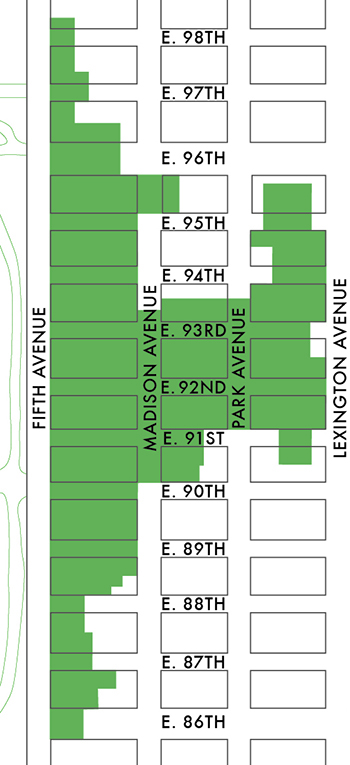Historic Districts
CARNEGIE HILL
The Carnegie Hill Historic District comprises East 86th Street to East 98th Street, from Fifth to Lexington Avenues. The area has a distinctive topography, situated on a hill that creates a unique sense of place.
The Carnegie Hill Historic District comprises East 86th Street to East 98th Street, from Fifth to Lexington Avenues. The area has a distinctive topography, situated on a hill that creates a unique sense of place. The historic district includes roughly 400 buildings. The district was designated in 1974 and expanded in 1993. The district’s primary period of development was between the late 1870s and the early 1930s. There are several significant building types within the district; rows of brick and brownstone townhouses from the 1870s through 1890s, large freestanding townhouses and mansions from the 1900s through the 1930s and flats buildings and apartment hotels from the 1900s through the 1930s and larger apartment buildings from the years following World War I to the 1930s.
The name dates from the first years of the twentieth century, after Andrew Carnegie constructed his mansion on Fifth Avenue and 91st Street. Carnegie purchased land in what was then referred to as “Prospect Hill,” a section already well-developed with row houses and a few modest apartment houses and tenements.
The decision by a man as wealthy as Carnegie to build on 91st Street had a tremendous effect on the area’s character; other mansions and a succession of luxury apartment houses soon appeared throughout the neighborhood. One can trace the waves of development by noticing the houses, which are a mix of neo-grec and romanesque revival row houses (from the 1870s and 1880s), and neoclassical and neo-federal style houses of the first decades of the twentieth century.
Recent LPC Hearing Items in the Carnegie Hill District
-
 14
Nov
14
Nov
1312 Madison Avenue
EXPLOREA Renaissance Revival style apartment hotel designed by George W. Spitzer and built in 1897. Application is to legalize the installation of an awning and
-
 29
Jul
29
Jul
1071 Fifth Avenue
EXPLOREA Modern-style museum building designed by Frank Lloyd Wright and built in 1956-59, and subsequently enlarged by an addition designed by Gwathmy Siegel and Associates
-
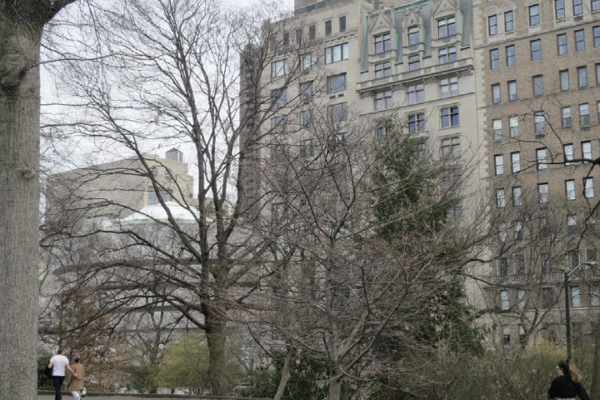 13
Jun
13
Jun
2 East 88th Street
EXPLOREAn Art Moderne style apartment building designed by Pennington and Lewis and built in 1929-30. Application is to alter the penthouse.
-
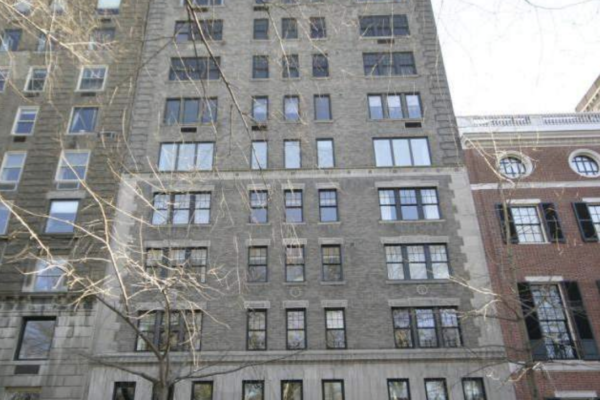 18
Oct
18
Oct
1133 Fifth Avenue
EXPLOREA neo-Federal style apartment building designed by Emery Roth and built in 1927-1928. Application is to modify an existing rooftop addition, install pergolas, replace railings,
-
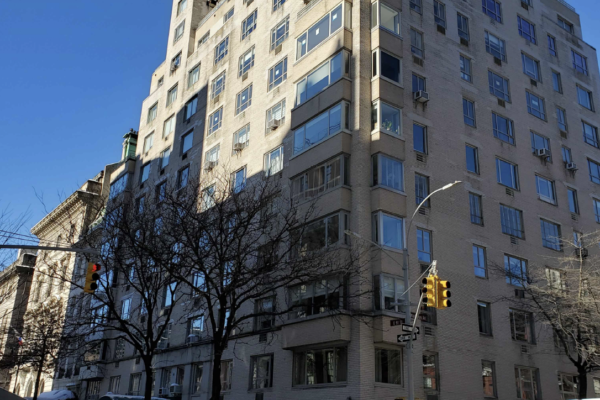 14
Jun
14
Jun
15 East 91st Street
EXPLOREA Modern style apartment building designed by Leonard Schultze & Associates and built in 1946-47. Application is to remove a balcony enclosure.
-
 14
Jun
14
Jun
1083 Fifth Avenue
EXPLOREA Beaux-Arts style townhouse designed by Turner & Kilian and built in 1901-02, with significant alterations by Ogden Codman in 1913-15. Application is to enlarge
-
 13
Jul
13
Jul
1083 Fifth Avenue
EXPLOREA Beaux-Arts style townhouse designed by Turner & Kilian and built in 1901-02, with significant alterations by Ogden Codman in 1913-15. Application is to alter
-
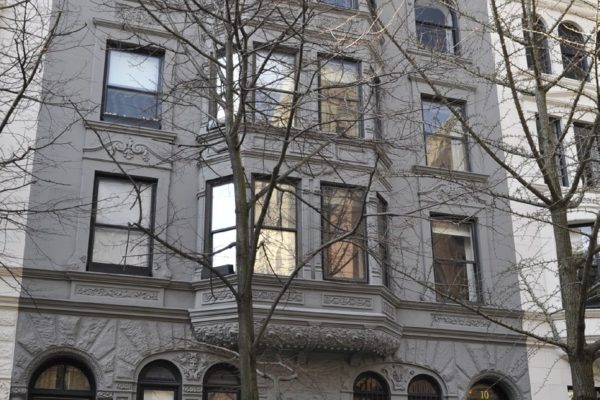 18
May
18
May
10 East 92nd Street
EXPLOREA Renaissance Revival style rowhouse, designed by Thomas Graham and built in 1890‐92. Application is to construct a rooftop addition.
-
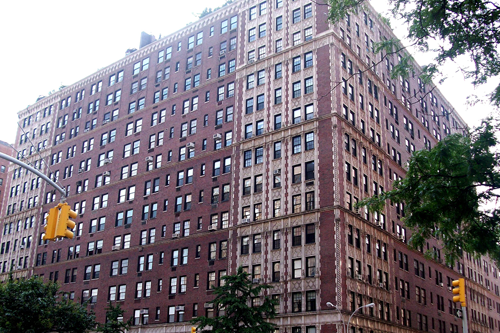 05
May
05
May
1185 Park Avenue
EXPLOREA neo-Gothic style apartment building designed by Schwartz & Gross and built in 1928-29. Application is to replace guard booths.
-
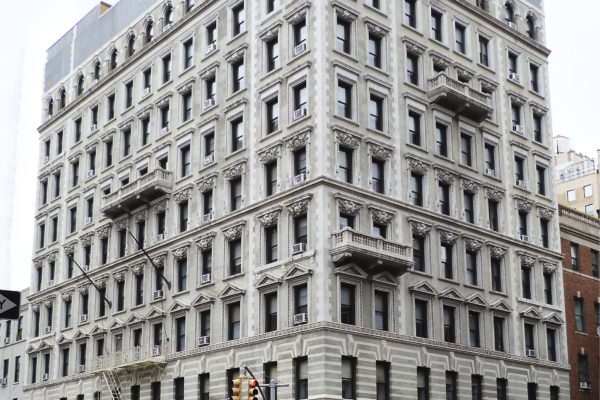 10
Feb
10
Feb
1295 Madison
EXPLOREA Modern/neo-Classical style apartment building designed by Rosario Candela and built in 1936-37. Application is to replace windows and install signage.
-
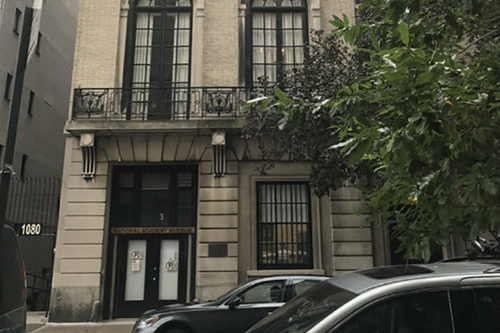 08
Jan
08
Jan
3 East 89th Street
EXPLOREA neo-Renaissance style townhouse designed by Ogden Codman and built in 1913-15.
-
 18
Dec
18
Dec
Roosevelt Island Lighthouse
EXPLOREA Modern/neo-Classical style apartment building designed by Rosario Candela and built in 1936-37. Application is to replace windows and install signage.
-
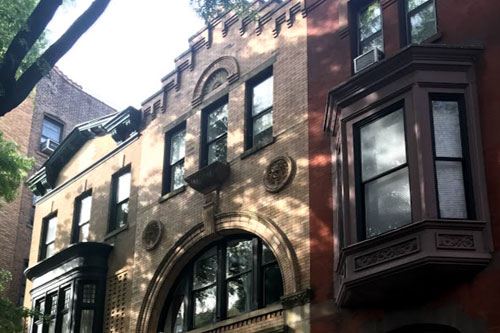 15
Jul
15
Jul
136 East 95th Street
EXPLOREA Queen Anne style building designed by C. Abbott French and Co. and constructed in 1887-88. Application is for the renovation and redesign of the
-
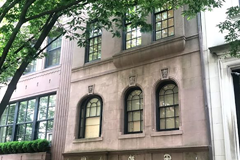 05
Jun
05
Jun
8 East 93rd Street
EXPLOREA Neo-Classical style townhouse designed by Harvey Stevenson and constructed in 1940. Application for a reconfiguration of the existing front yard and lowering the sill
-
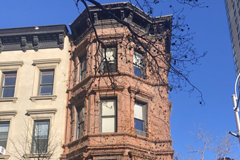 04
Dec
04
Dec
33 East 93rd Street
EXPLOREA Renaissance Revival style building designed by Gilbert A. Schellenger and constructed in 1889-1890. Application for a new, retractable canvas awning above the entrance door.
-
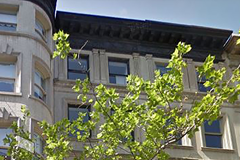 02
Nov
02
Nov
20 East 95th Street
EXPLOREA Renaissance Revival style rowhouse designed by Henry Andersen and built in 1899. Application is to alter window openings.
-
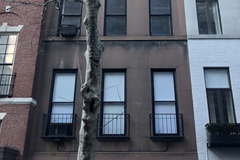 06
Jun
06
Jun
122 East 93rd Street
EXPLOREA neo-Grec style rowhouse designed by Thomas H. McAvoy, built in 1877-1878 and altered in 1929. Application is to alter the front façade and install
-
 02
Jan
02
Jan
1141 Park Avenue
EXPLOREA neo-Grec style flats building designed by John Sullivan and built in 1884-85. Application is to construct a rooftop addition and elevator bulkhead, replace windows,
-
 19
Oct
19
Oct
1318 Madison Avenue
EXPLOREA Renaissance Revival style rowhouse designed by Gilbert A. Schellenger and built in 1889-90. Application is to construct a rear yard addition.
-
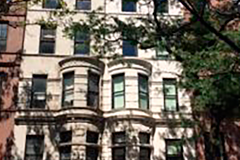 02
Aug
02
Aug
55 East 92nd Street
EXPLORETwo Romanesque Revival style rowhouses designed by Louis Entzer, Jr. and built in 1893-94 and altered in 1946-47 by James E. Casale. Application is to
-
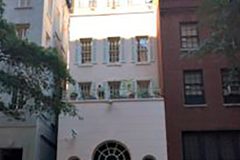 02
Aug
02
Aug
103 East 91st Street
EXPLOREA rowhouse originally built in 1884-84 and altered in the neo-Georgian style by C. Dale Bradgeley in 1950-51. Application is to construct a rooftop addition.
-
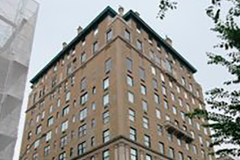 15
Jun
15
Jun
1107 Fifth Avenue
EXPLOREA neo-Renaissance style apartment building designed by Rouse & Goldstone and built in 1925. Application is to enlarge a rooftop bulkhead.
-
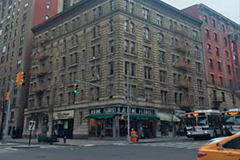 13
Mar
13
Mar
50 East 96th Street
EXPLOREA neo-Renaissance style apartment building designed by George F. Pelham and built in 1905-06. Application is to construct a rooftop addition.
-
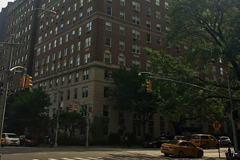 28
Jul
28
Jul
1150 Fifth Avenue
EXPLOREA neo-Georgian style apartment building designed by J.E.R. Carpenter and built in 1923-24. Application is to construct a rooftop addition.
-
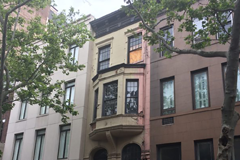 16
Jun
16
Jun
127 East 92nd Street
EXPLOREA neo-Grec/Queen Anne style rowhouse designed by C. Abbott French & Co., and built in 1886-87. Application is to construct rooftop and rear additions.
-
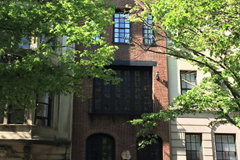 18
Apr
18
Apr
16 East 94th Street
EXPLOREA rowhouse built in 1891-92 and altered in the neo-Federal style c. 1925. Application is to alter the neo-Federal style front façade, and construct rear
-
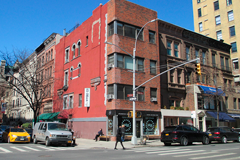 23
Mar
23
Mar
27 East 92nd Street
EXPLOREA Romanesque Revival/Queen Anne style rowhouse designed by A.B. Ogden & Son and built in 1889, and altered by Glick & Gelbman in 1954-55. Application
-
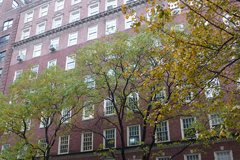 02
Dec
02
Dec
4 East 88th Street
EXPLOREA neo-Georgian style apartment building, designed by Electus Litchfield & Rogers, and built in 1921-22. Application is to install a sidewalk canopy.
-
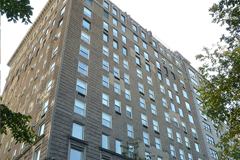 21
Oct
21
Oct
1136 Fifth Avenue
EXPLOREA neo-Renaissance style apartment building designed by George F. Pelham and built in 1924-1925. Application is to modify masonry openings and replace infill and cladding
-
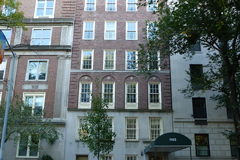 10
Oct
10
Oct
1143 Fifth Avenue
EXPLOREA Neo-Federal style apartment building designed by J.E.R. Carpenter and built in 1922-23. Application is to construct a multi-story rooftop addition, alter secondary facades and
-
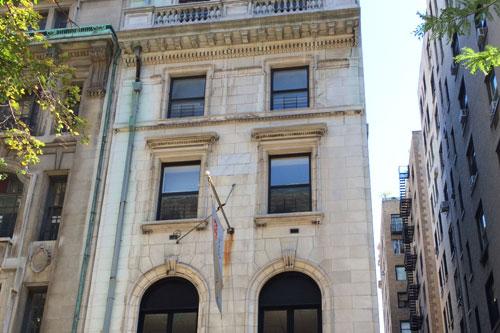 31
Jul
31
Jul
11 East 89th Street
EXPLOREA neo-Renaissance style townhouse designed by Arthur C. Jackson and built in 1912-1913. Application is to construct a rooftop addition, install fencing, replace windows, alter
-
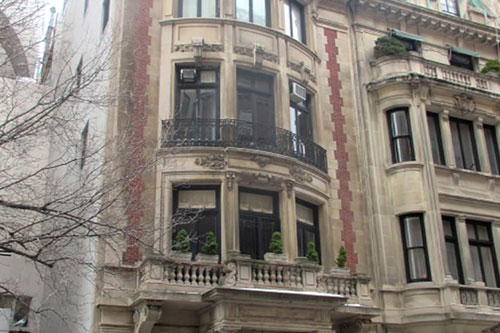 09
Feb
09
Feb
5 East 88th Street
EXPLOREA Beaux-Arts style townhouse designed by Turner & Kilian and built in 1902-1903. Application is to replace windows.
-
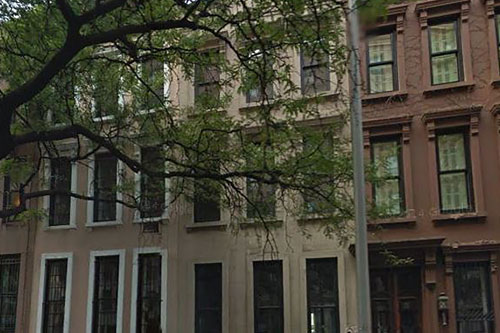 17
Nov
17
Nov
129 East 94th Street
EXPLOREA neo-Grec style rowhouse designed by F.S. Barus and built in 1878-79. Application is to construct a rear yard addition.
-
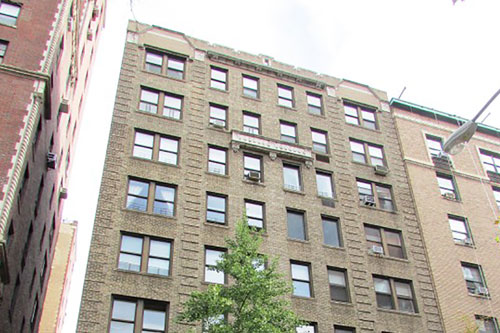 15
Sep
15
Sep
125-127 East 93rd Street
EXPLOREA neo-Medieval style apartment building designed by George F. Pelham and built in 1924. Application is to establish a master plan governing the future replacement
-
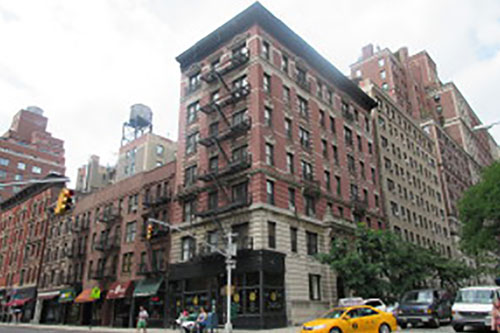 16
Jul
16
Jul
138 East 94th Street
EXPLOREA neo-Renaissance style flats building with stores designed by Neville & Bagge and built in 1901-02. Application is to install a barrier-free access ramp.
-
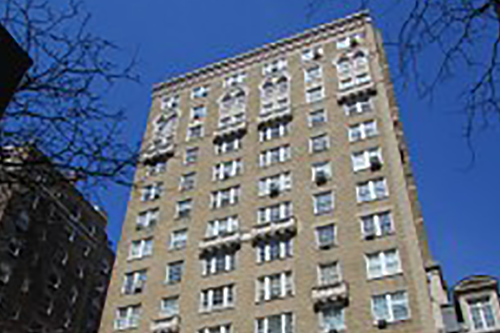 19
Apr
19
Apr
9-11 East 96th Street
EXPLOREA neo-Medieval style apartment building designed by Gronenberg & Leuchtag and built in 1926. Application is to install a rooftop railing and a pergola.
-
 26
Nov
26
Nov
1290 Madison Avenue
EXPLOREA Renaissance Revival style flats building with stores designed by A.B. Ogden & Co. and built in 1898. Application is to construct a rooftop addition,
-
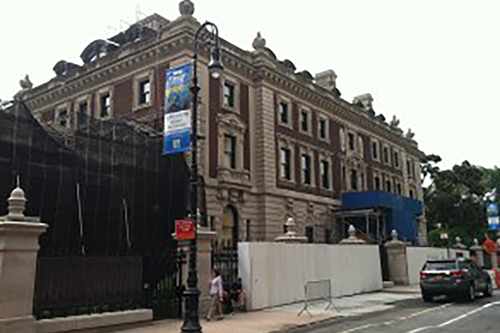 16
Sep
16
Sep
2 East 91st Street
EXPLOREA neo-Georgian style mansion with Beaux-Arts elements designed by Babb, Cook & Willard, and built in 1899-1903. Application is to install a canopy and lighting.
-
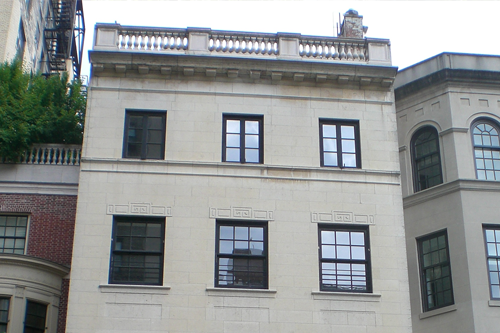 15
Jul
15
Jul
1 East 94th Street
EXPLOREA townhouse originally built in 1893-95, and altered in 1925 by Cas Gilbert. Application is to modify and existing rooftop addition.
-
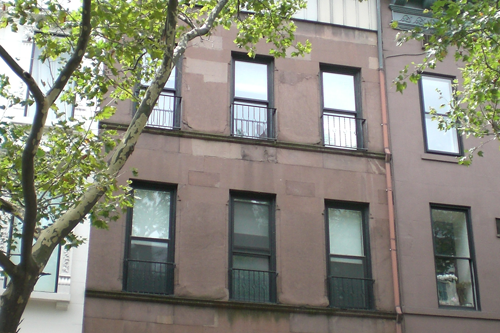 15
Jul
15
Jul
66 East 91st Street
EXPLOREA Romanesque Revival style rowhouse designed by James Henderson and built in 1887-89, altered in 1909 with the addition of neo-Classical style elements by Snelling
-
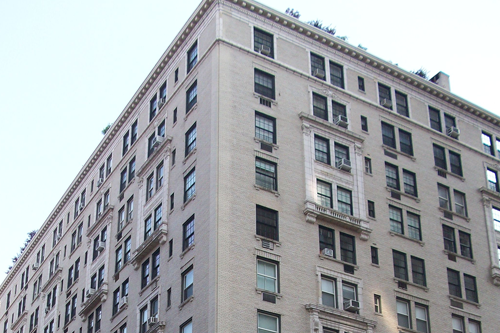 17
Jun
17
Jun
17 East 89th Street
EXPLOREA neo-Renaissance style apartment building, designed by Gaetan Ajello and built in 1924-25. Application is to replace storefront infill.
-
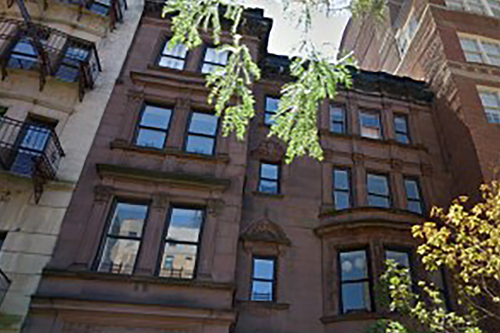 15
Apr
15
Apr
28-30 East 92nd Street
EXPLORETwo Renaissance Revival style row houses designed by Henry J. Hardenbergh and built in 1892-95. Application is to combine the buildings, alter the areaways, and
-
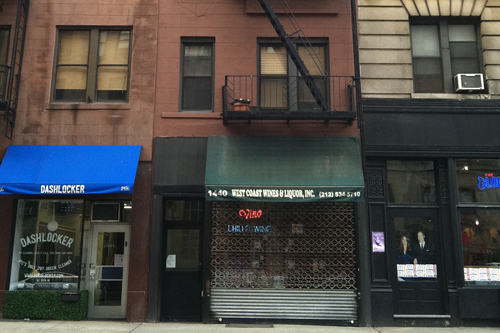 04
Jan
04
Jan
1440 Lexington Avenue
EXPLOREA flats building designed by Frederick T. Camp and built in 1882-83. Application is to construct a rear addition and excavate the cellar.
-
 16
Jul
16
Jul
2 East 91st Street
EXPLOREA neo-Georgian style mansion with Beaux-Arts elements designed by Babb, Cook & Willard, and built in 1899-1903.
-
 18
Jan
18
Jan
62 East 91st Street
EXPLOREA rowhouse originally built in 1884-84 and altered in the neo-Georgian style by C. Dale Bradgeley in 1950-51. Application is to construct a rooftop addition.


